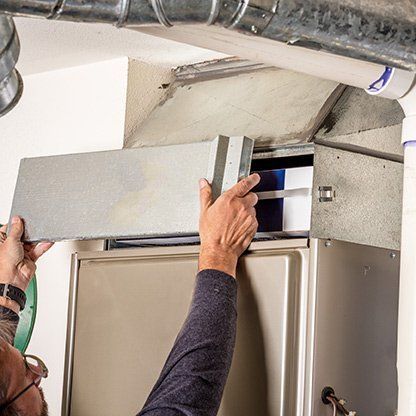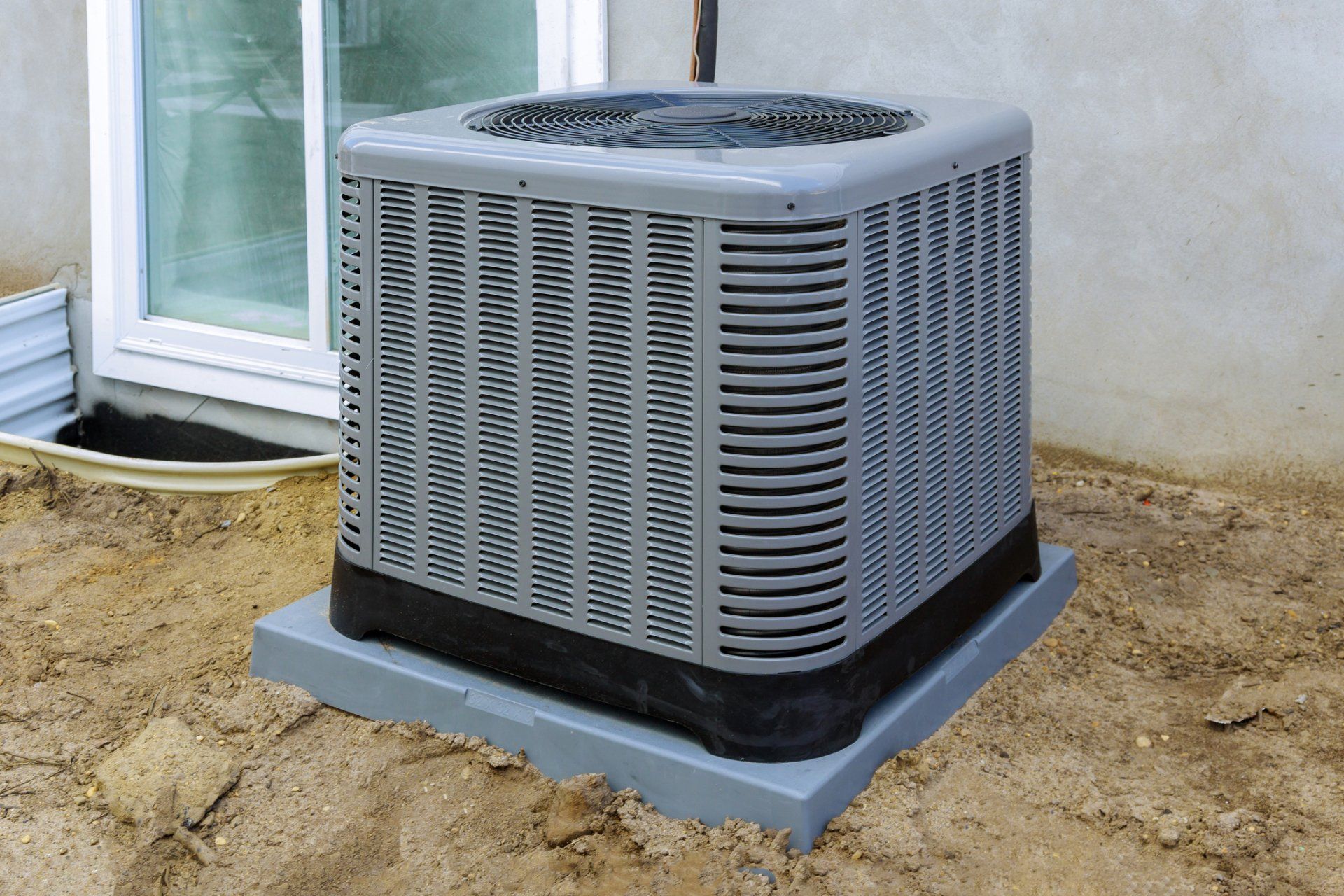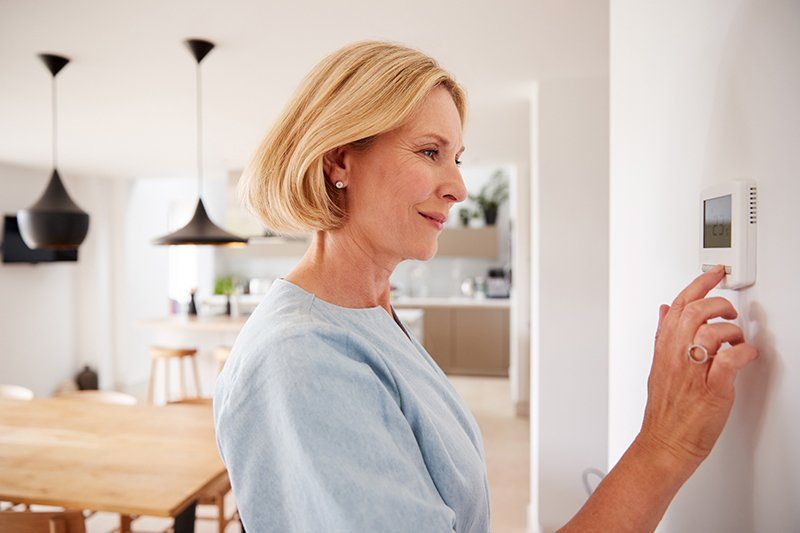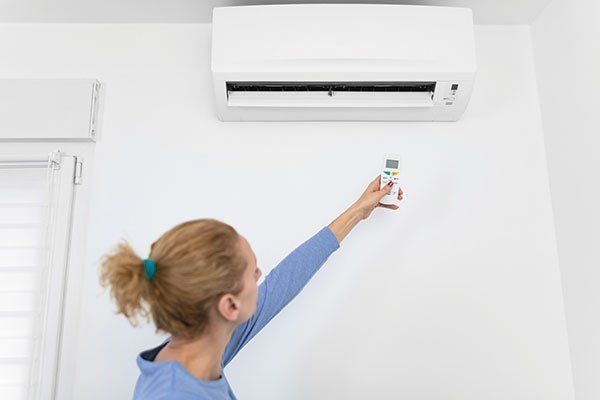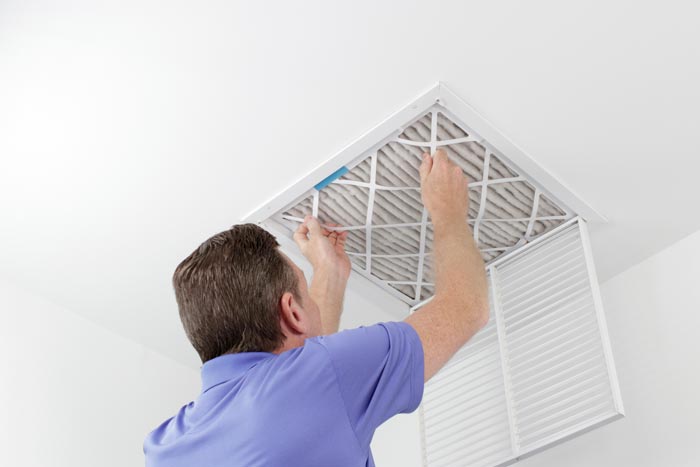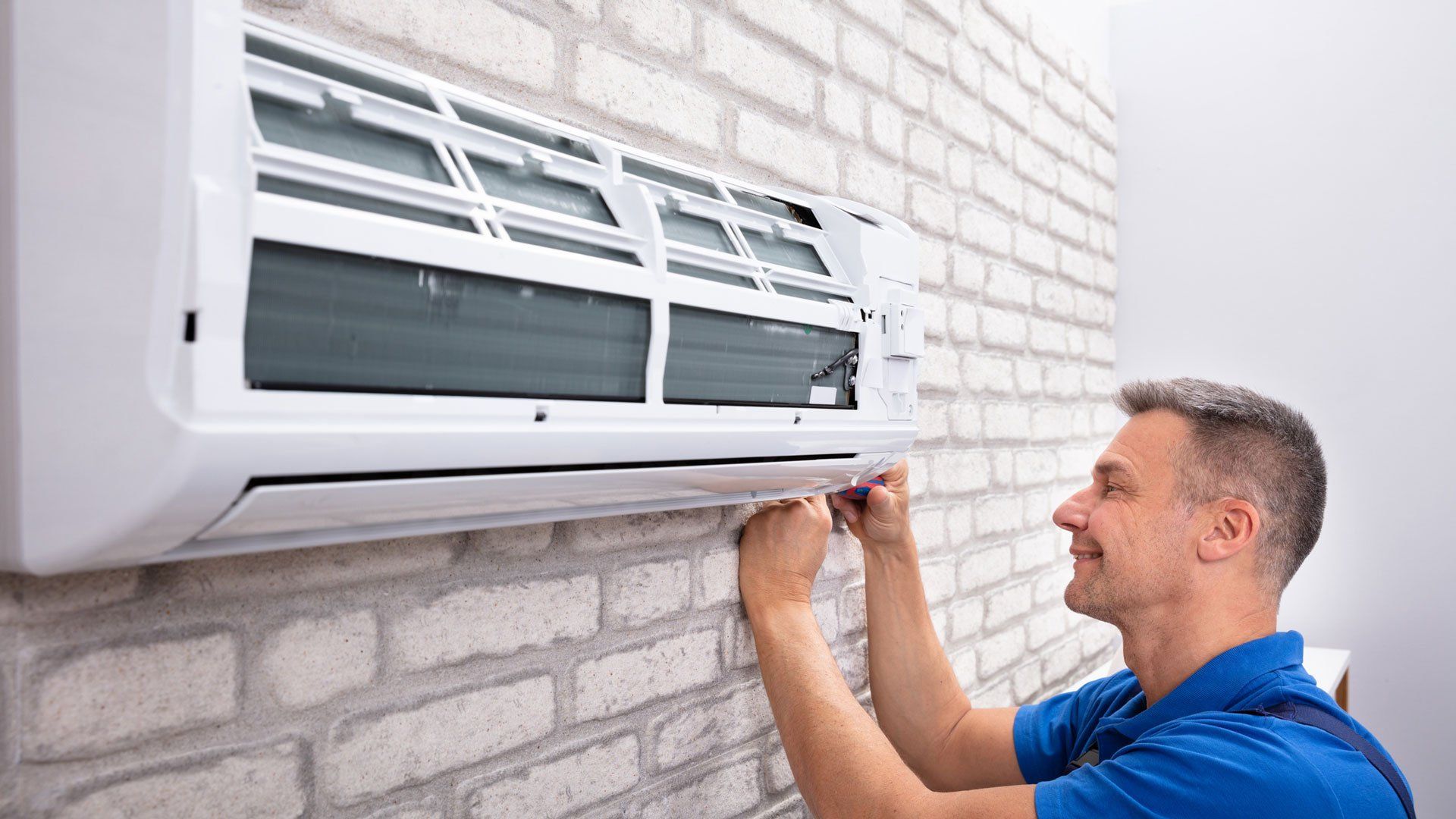3 Ways to Protect Against Carbon Monoxide
This Is a Subtitle for Your New Post
Gas furnaces provide an effective and economical way to keep your home cozy during the winter months. Yet your furnace can also become the source of inefficiency and health threats if not properly maintained. In particular, an ill-maintained furnace can produce dangerous levels of the gas known as carbon monoxide.
Carbon monoxide can lead to death if present in high enough quantities in your home's air. For that reason, homeowners must take proactive steps to minimize the risks of carbon monoxide exposure. If you would like to learn more about some of the most effective strategies, keep reading. This article explores three effective ways to protect against carbon monoxide exposure.
1. Have a Technician Analyze Your Combustion
A perfectly working furnace — in other words, one that burns up every last bit of gas that flows into it — produces no carbon monoxide at all. Instead, all of the gas burns up, producing three things: heat, water, and carbon dioxide. Yet when combustion does not occur completely, not all of the carbon in the gas gets oxidized.
This incomplete oxidation leads to the formation of carbon monoxide gas. By law, flue gases can contain carbon monoxide in quantities of no more than 400 parts per million. Yet a furnace suffering from an incorrect air-to-fuel ratio may produce considerably more carbon monoxide as the result of incomplete combustion.
Because carbon monoxide has an odorless, colorless nature, it's not always easy to detect. Fortunately, an HVAC technician can measure carbon monoxide levels through the process known as combustion analysis. Combustion analysis gives the contractor a detailed picture of all of the substances found in your furnace's exhaust gas.
By analyzing this data, the technician can determine whether or your carbon monoxide levels remain in safe limits. Furthermore, the technician can use this information to make changes to your furnace's combustion settings. Such changes will not only reduce the amount of carbon monoxide produced but also improve the overall energy efficiency of your HVAC system.
2. Have Your Furnace Inspected Regularly
Carbon monoxide can present a threat even when your furnace's combustion remains within acceptable limits. Ideally, no matter how many exhaust byproducts form during combustion, none of them should get into the air of your home. Instead, the carbon monoxide and other gases should pass upward and out of your home through the exhaust flue.
Unfortunately, as an HVAC system ages, it often develops problematic corrosion, especially inside of the component known as the heat exchanger. The heat exchanger consists of a curving metal tube through which the hot exhaust gases flow. As air from your home circulates around the exchanger, it absorbs the heat. The dangerous gases, meanwhile, remain trapped inside.
If a heat exchanger becomes corroded to the point that holes form in its sidewalls, exhaust gases begin to leak out into your air. As a result, carbon monoxide may end up in your home. To prevent this issue, have your furnace system professionally inspected for signs of damage on a regular basis.
3. Install Carbon Monoxide Detectors
As noted above, carbon monoxide has no detectable color or scent. This quality makes carbon monoxide especially deadly, since homeowners cannot detect the gas using their senses. For this reason, you must equip your home with carbon monoxide detectors. These detectors differ from regular smoke alarms, which cannot register the presence of carbon monoxide.
For best results, install at least one carbon monoxide detector on every floor of your home — including the basement, if that's where your furnace resides. Ensure each detector receives equal airflow. Install detectors at knee height. Since carbon monoxide mixes with air, it doesn't rise in the same way as heated smoke.
Carbon monoxide may be a deadly gas, but homeowners can keep themselves safe by following a few key tips. For more information about how to keep carbon monoxide at bay, please contact the HVAC experts at Parks Davis Air Conditioning & Heating.

